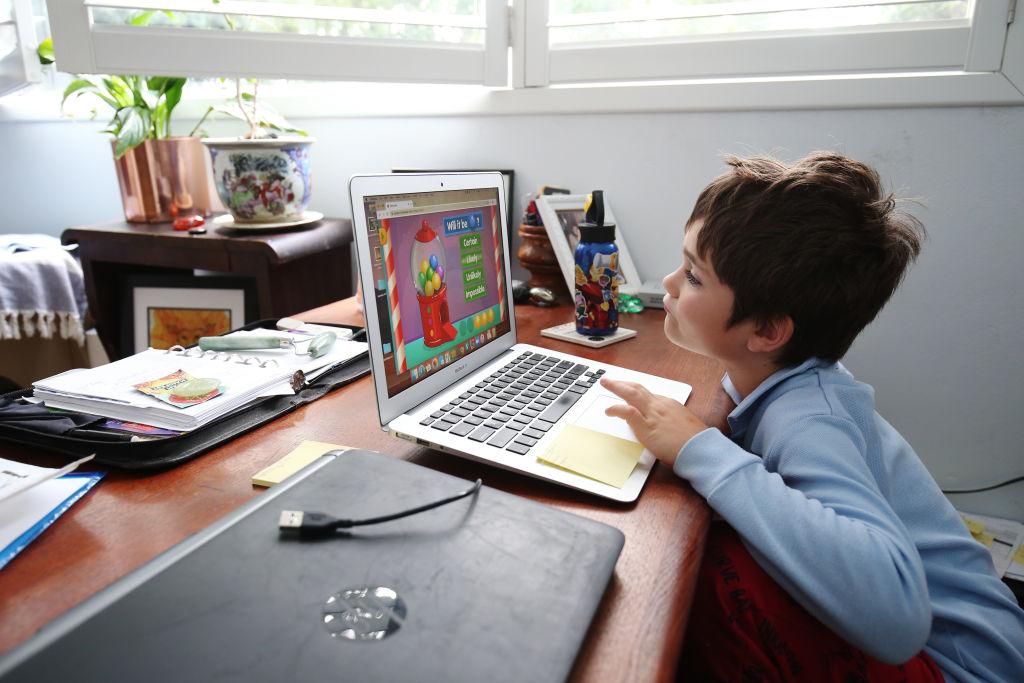Australian students’ performance in maths, science, and reading has continued to slide downward, with the average Year 9 student scoring at the same level in math as a Year 8 student in 2000, the latest result of an international study has revealed.
According to the Programme for International Student Assessment (PISA) report for 2022, Australia has climbed back to the global top 10 for school performance for the first time in a decade.




